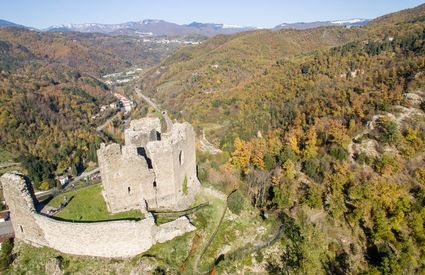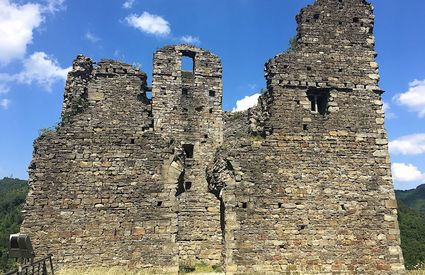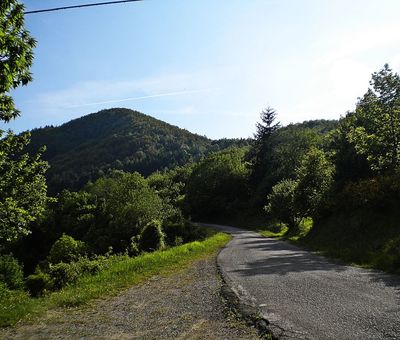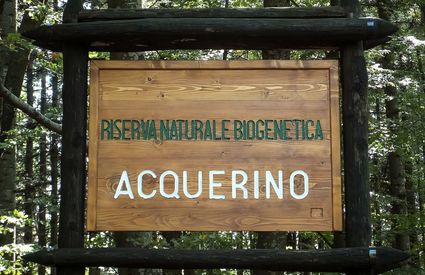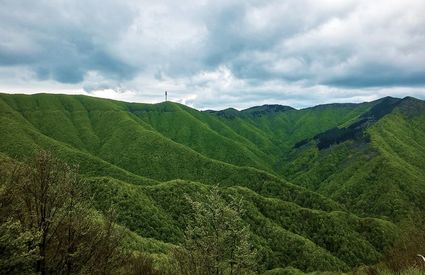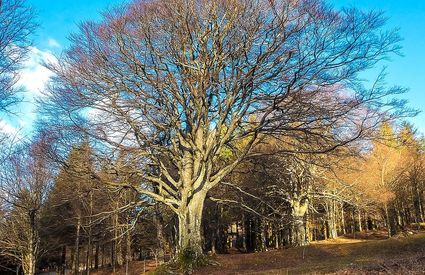Between Tuscany and Emilia
The history of the Bisenzio Valley is linked to the contact between the cities of Prato and Bologna, in Tuscany and Emilia respectively. Here, thousands of years of history intertwine in a well-travelled stretch of land that has been of strategic importance since antiquity. Many have left their own mark: from the Romans, Byzantines and Lombards through to the Etruscans, who arrived in Marzabotto from Gonfienti. Over the centuries, the valley and the centre of Cantagallo have maintained their strategic importance; above all in the Middle Ages, when watchtowers and forts were built and churches and abbeys were used to welcome travellers and pilgrims. This is a land marked by connections and borders. If the direct Florence to Bologna trainline, which crosses the valley, serves as a sign of union and sharing, then the Gothic Line, a stretch of which was here, makes it a sadly crucial place.


